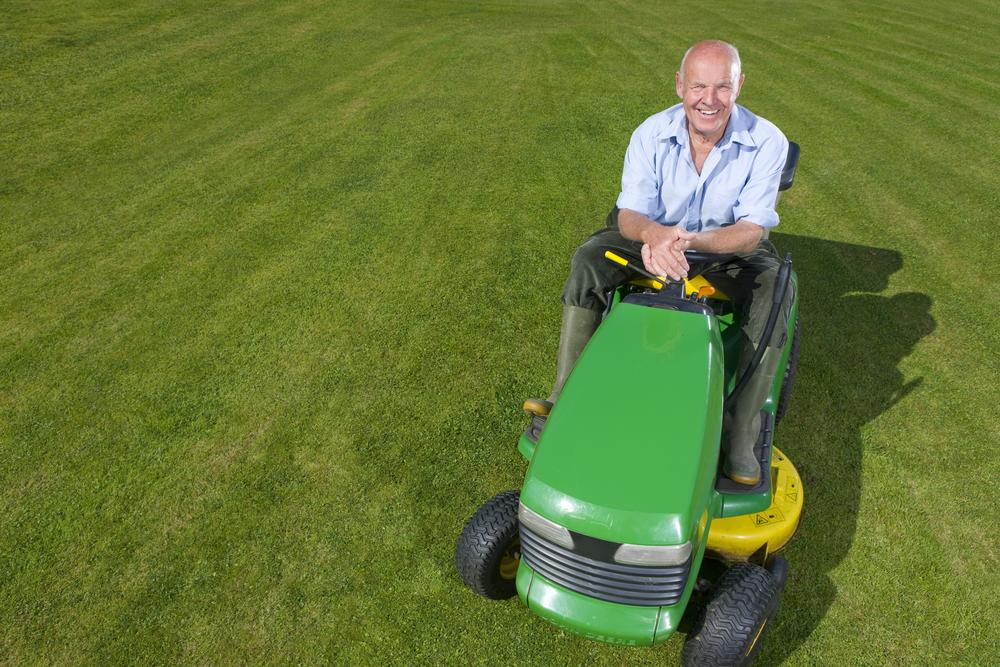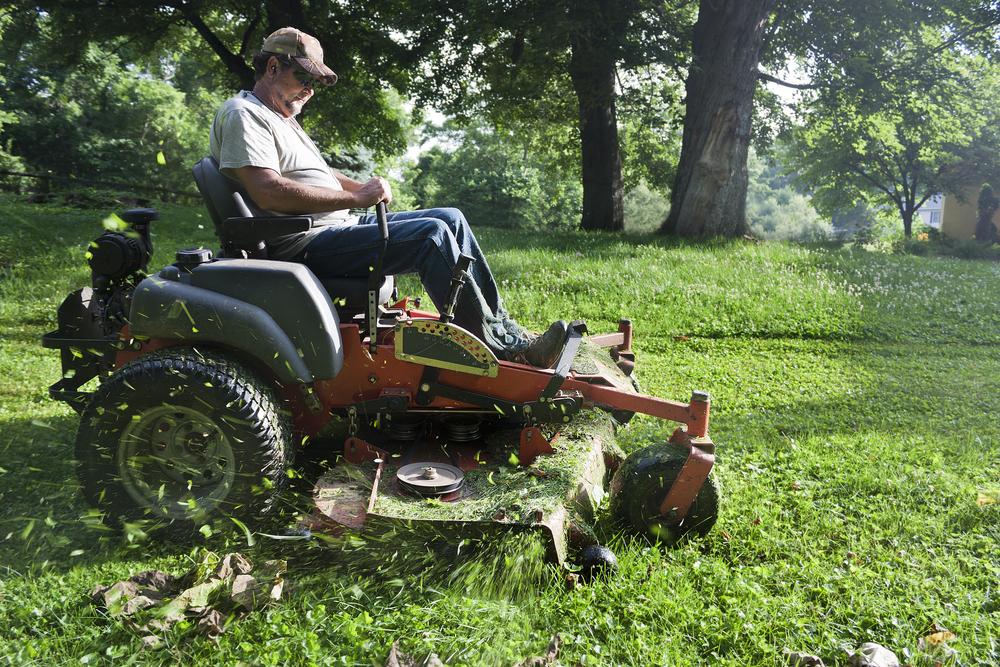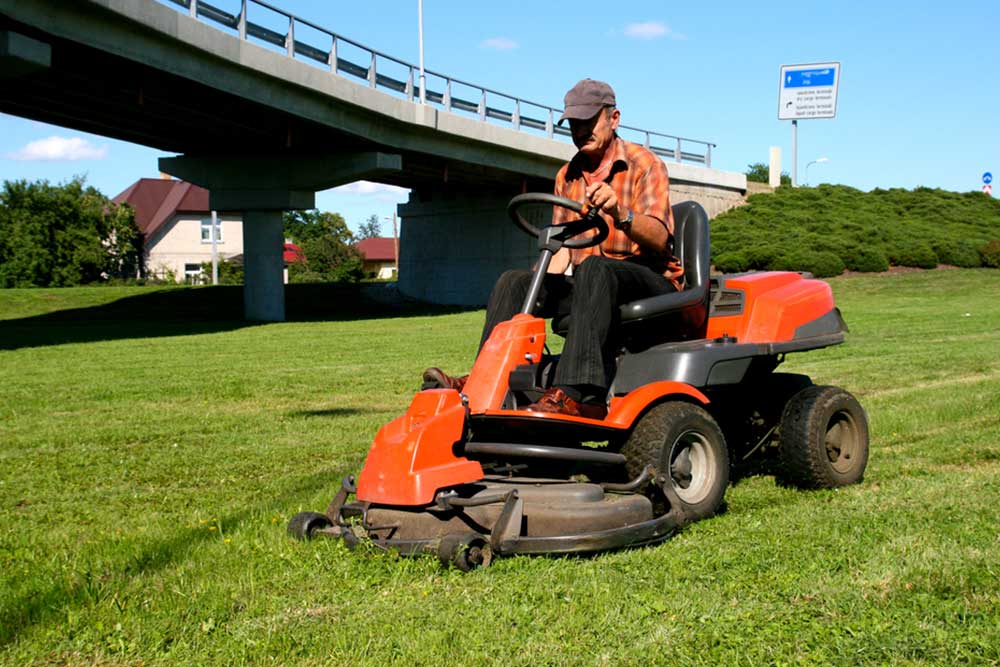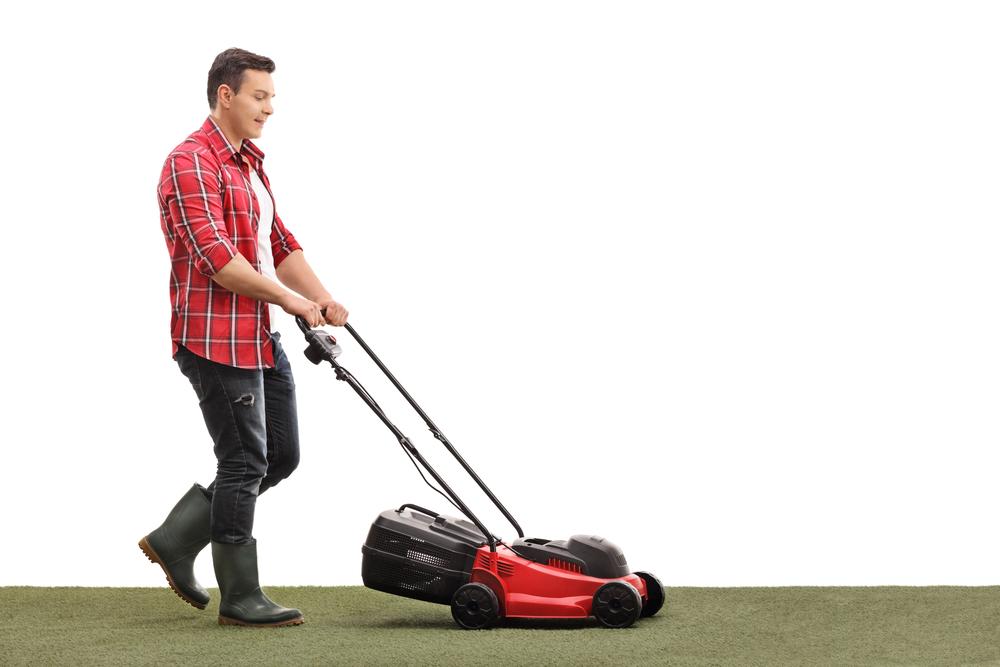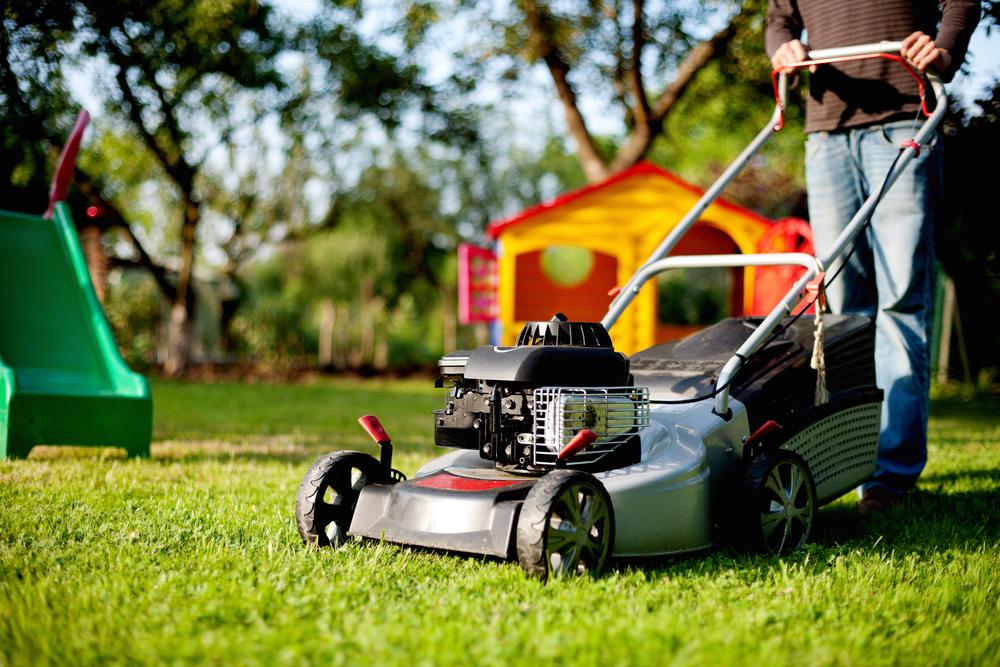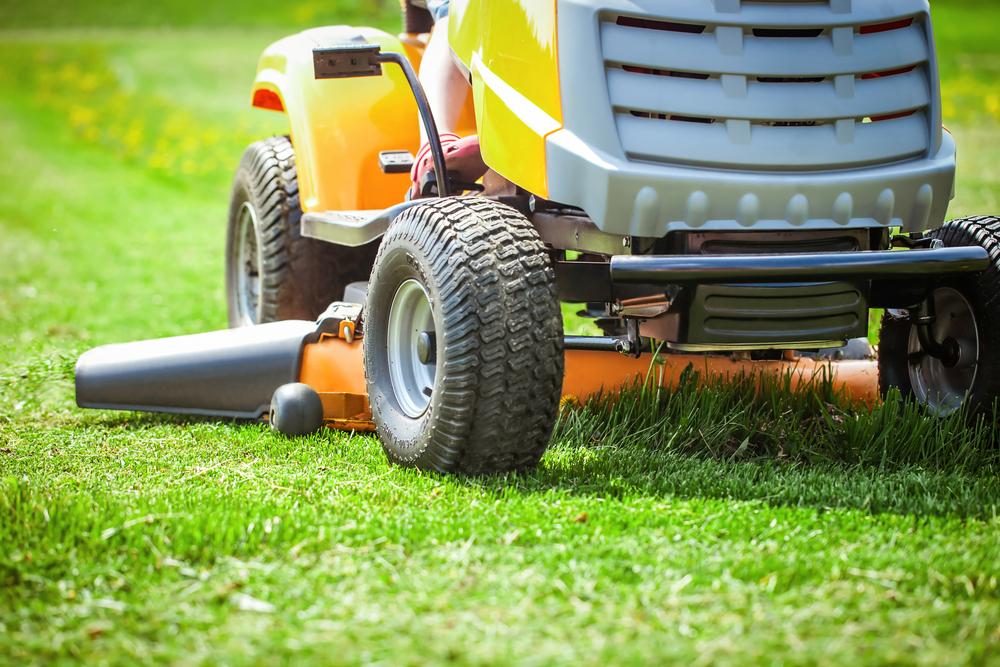Comprehensive Guide to Riding Lawn Mowers
This comprehensive guide provides essential information about riding lawn mowers, covering their types, features, history, and operational tips. It highlights the differences between various models and materials used, aiding users in choosing the right equipment for large-scale grass maintenance projects. Whether electric or gasoline-powered, these machines offer efficient solutions for large lawns, golf courses, and commercial landscapes.
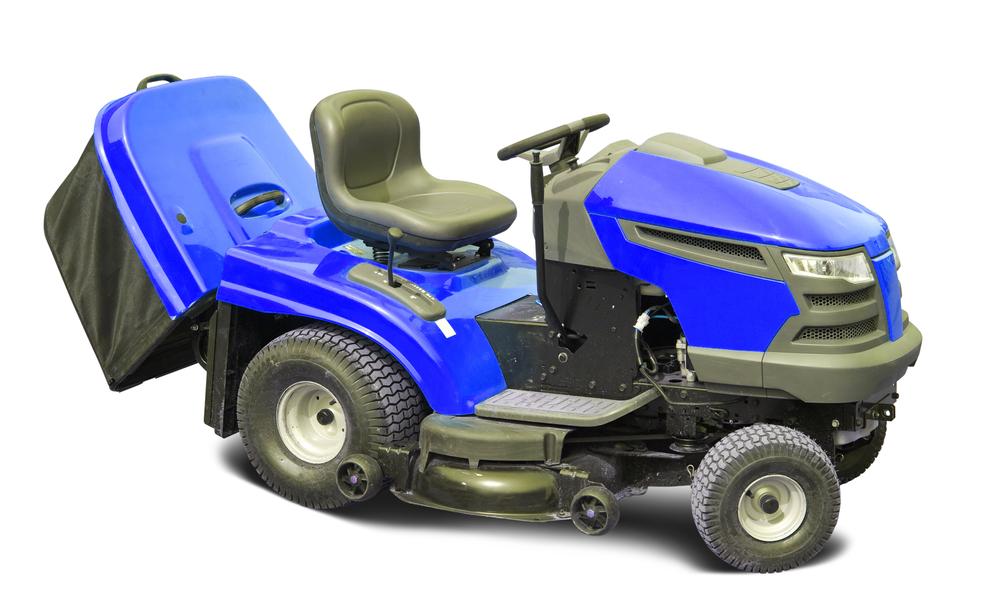
Comprehensive Guide to Riding Lawn Mowers
A riding lawn mower is a powerful machine designed to maintain large grassy areas by trimming and cutting to a uniform height. It features adjustable blades and throttles to suit different needs. Single-blade models rotate around one axis, while multi-blade variants have multiple blades and a cutting bar. Similar to small tractors, riding mowers are ideal for extensive land lots, such as golf courses or large lawns.
These machines are larger than walk-behind mowers and often come with a seated operator position for better control. They are typically best suited for vast open areas rather than highly maneuverable, small lawns. Reel-type riding mowers incorporate components like a reel cylinder, bed knife, motor, frame, wheels, and handle. Operators should be at least sixteen, displaying maturity and responsibility when operating such equipment.
Traditionally, these mowers used animal power and had a seat for the operator. Post-World War I, JP Engineering introduced powered models, which quickly gained popularity worldwide. The industry evolved with the advent of self-propelled models like the Triplex by Ideal Power Mower Co., marking a new era. Multiple blade systems were developed in the 20th century by companies like Worthington Mower. Since then, their design and operation have seen only minor improvements.
Some riding mowers feature grass catchers to collect clippings, while others have outlets to release the cut material. Certain models use rotating brushes to gather long, damp grass effectively—Hi-vac models should be operated only under dry conditions. Power sources include electric and gasoline, with electric options becoming more preferred. Modern models operate via push buttons rather than manual pulls. Transmission options include manual and hydrostatic types, with hydrostatic systems offering more power but at a higher cost. Manufacturers have tried to produce affordable hydrostatic variants, but with mixed success due to operational issues.
Many riding mowers come with additional attachments like vacuums, snow blowers, or forklifts to increase versatility. Construction materials typically include steel and aluminum, although budget-friendly models may feature durable plastics that resist rust and reduce costs. Electric models often utilize plastic components, whereas hydrostatic models typically incorporate metal parts.

